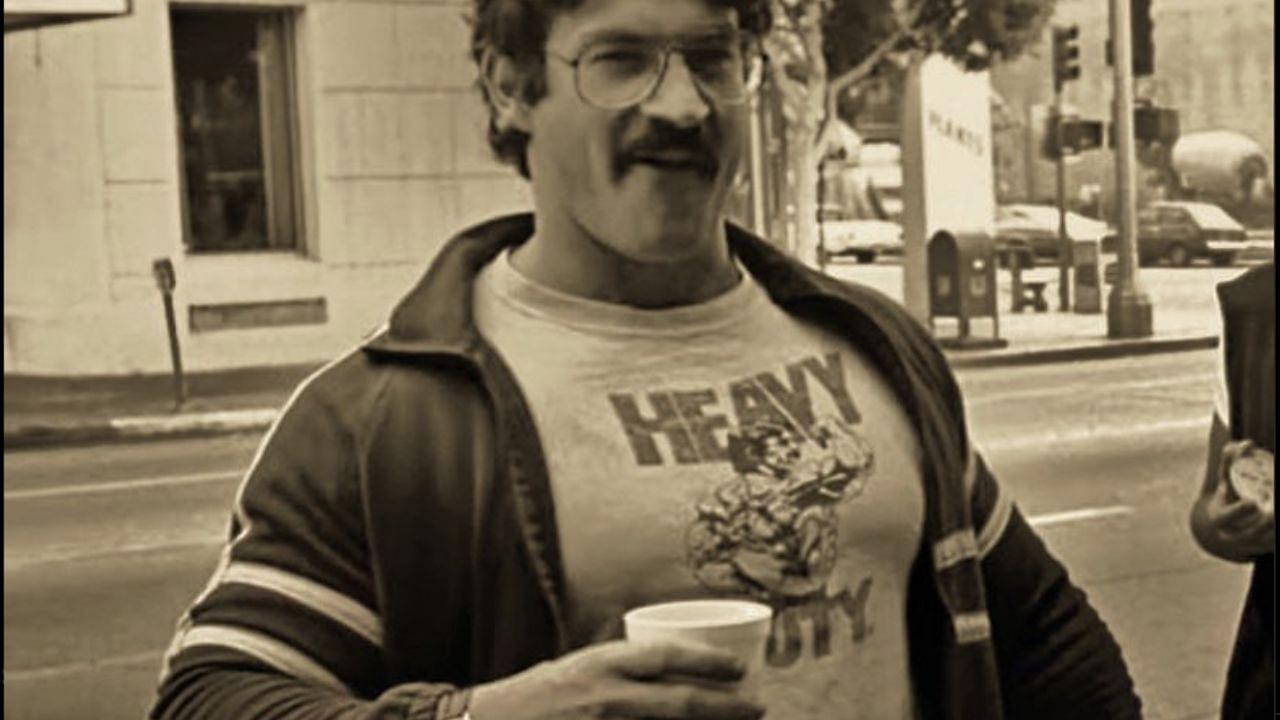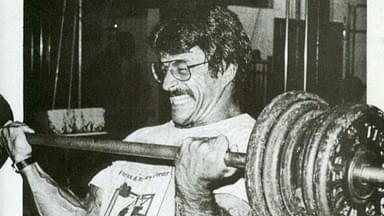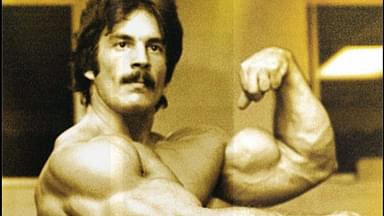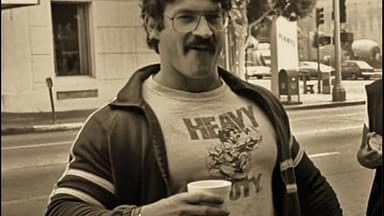Mike Mentzer had a peculiar way of training at a time when high-intensity workout sessions were not popular in the bodybuilding world. The traditional style involved working out every single day, spending hours at the gym, and hitting multiple sets. However, one might wonder when these athletes have time to recover.
While the late legend was a fan of going all out on a single set, he was also a big believer in extended recovery breaks. In a resurfaced video of a conversation between him and Bill Phillips, he talked about this in detail.
Essentially, one misconception of fitness enthusiasts is about the mechanism of growth and what truly triggers it. Mentzer revealed that growth came through the recovery of the muscles and not through constant workouts every single day. In fact, working out every day could ruin muscles and cause several wear and tear injuries.
Hitting the gym for two days in a row was already a no-no in Mentzer’s books. This rule was especially applicable for those following high-intensity training since the muscles would need to repair and recover from intense sessions.
“When you’re done working out, you don’t feel the same as you did before the workout do you? You’re exhausted. Something was used up.”
Every individual needs a different set of hours per group of muscles to ensure full recovery from one high-intensity session alone. The rest is supposed to not just repair the wear and tear, but also compensate for the lost strength gradually.
“I have seen with my…clients that they do best on an every 72-96 hour program.”
Mentzer’s philosophy about recovery doesn’t end there since he has previously talked about its role in muscle growth. In general, high-intensity workouts have both exercise and rest as two of the crucial components of a successful session.
Mike Mentzer once compared recovery with the filling of potholes
Recovery is to bodybuilding training, as filling up potholes is to making good roads, according to Mentzer’s philosophy. He compared the two, explaining how training muscles was equivalent to digging up a road.
When the individual spent time recovering, this “hole” was filled back up and reinforced. It allowed the muscles to heal while also making them stronger for the next session. This phenomenon played an integral part in triggering the growth mechanism of muscles, thereby increasing the individual’s size.





